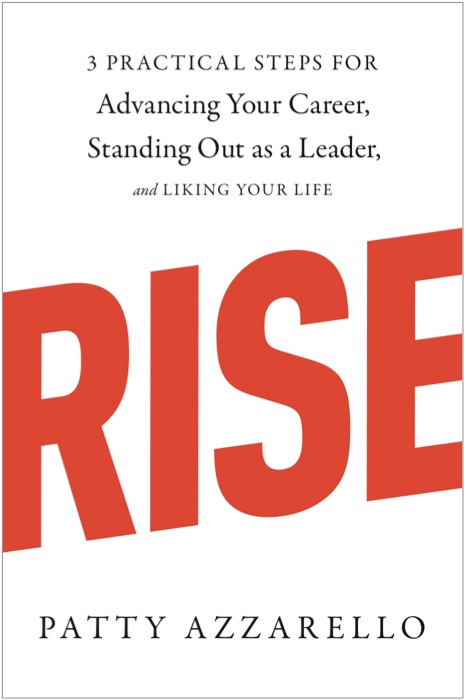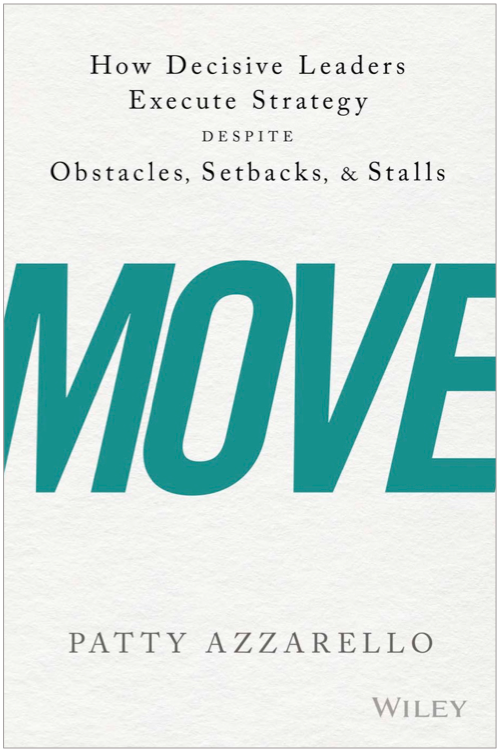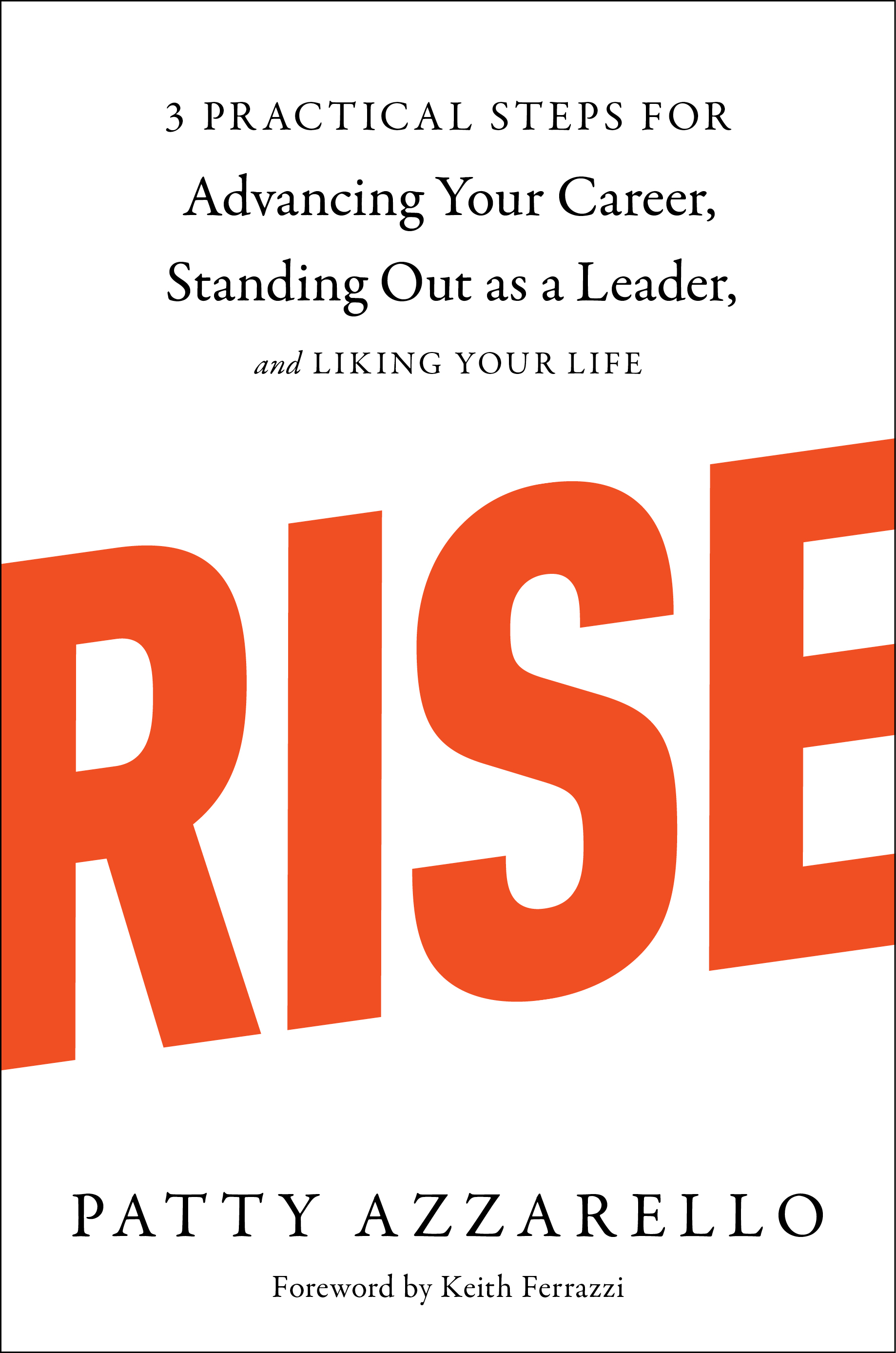Comcast vs. AT&T
I have had a “Comcast experience” over the past 2 weeks (photo is of their actual “finished” job) which took me about an hour to clean up.
(They actually went so far as to put in about 8 cable ties to reinforce the most tangled areas, making it impossible to even shove the pile of wires aside without cutting everything apart.)
In addition to the experience itself, two things happened:
1. I learned that a facebook post that includes the words “AT&T”, “Comcast” and “service” generates more activity and venom, and raises more emotional scars for people than almost any other topic! and…
2. It made me recall my thoughts around customer service being set by one key strategic decision a company makes: Cost or Care?
One strategic choice: Cost or Care?
Here is what I mean…
If the executives choose to “Care”…
…meaning they actually want to help people and give them a good experience, and make the customer experience part of the value they deliver – this single choice will permeate virtually everything the company does at every level and at every customer interaction point.
If instead the executives choose “Cost” …
…meaning we begrudgingly provide service because we have to, so we want to do it at the lowest possible cost — this too will permeate pretty much everything the company does at every level and every customer interaction point.
The main places in a business to look for which choice they made are in 4 places:
Policies
Systems
Training
Authorization
I wrote a blog on Cost or Care this awhile back – about what happens when a company makes the choice in each of these four areas.
What it means to Care
But today, I want to talk about the Care choice and what it means to get it right.
Zappos is one company that gets it right. It’s not just about free shipping and returns for 365 days (which is great service which they partially fund through being slightly more expensive than buying someplace else on the internet)…
It’s about how they view people — how they view their employees and how they view their customers.
(Both of which are people… I state this as many business leaders don’t seem to know this.)
Zappos invests in their people, and they actually care about what their customers experience.
They inspire their employees to care. Their customers get care.
Zappos gets that great online service needs to reach beyond the internet and to the actual people. They treat their employees and customers as people who have names and lives outside of internet shopping.
“Press 5 for the joke of the day”
Have you ever called Zappos? For one thing their phone number is not hard to find. Customer Service is the first tab at the bottom on the home page and contact info is the first choice. One scroll, one click.
I called, and here’s what you get – a bright, cheerful friendly voice that starts immediately (with no long connect time and multiple transfers of your line, for the technology to start blocking you from getting to a person).
Thank you for allowing us to put a little Zappos in your day!
I’m Teri, and I’m a member of the Zappos team. To better assist you with your shopping needs please press 1 for new orders, 2 for general questions 3 for returns and press 5 to hear the joke of the day.
For all of your other shopping needs, please just stay on the line.
(How mercifully short and refreshing is that?)
I pressed 5, of course.
Hi my name is James, and I’m with the customer loyalty team here at Zappos.
Why was the chicken afraid of the chicken? Because it was chicken!
OK. So the jokes are not so good, but the “I’m glad I called” reaction is off the chart…I smiled. (I never smile when I call AT&T.)
“Thank you for calling, but please go away”
Think of Zappos’ greeting compared to the unfortunately ubiquitous, “We are experiencing a higher than average call volume right now”.
(As though it’s a service to tell you it’s a bad time at this particular moment, when they play this greeting all day every day.)
“so please use our website instead of expecting actual service, or better yet, just go away and die”.
Why the Zappos approach works so well is that the subtext of it is this:
Caring and humanity works
Hi, I’m a real person with a name, and I am part of a real team. I actually exist, and I acknowledge that you actually exist. I care and we (Zappos) care. So we are going to make this easy for you and make sure you get what you need. And we are going to put in some extra effort to make you smile.
Did your customer smile?
How would your customer service change if one of the measures was: how many customers did you make smile during the service call?
Zappos sets forth this intention in their core value of: Deliver WOW Through Service
It’s not just a technology or a system thing. It’s a people thing that is core to the culture of the company. When you let employees know what you care about as a company, respect them, and encourage and reward them to be creative, and to contribute to the cause they will. Another zappos core value: Create Fun and A Little Weirdness.
If instead you don’t actually care, and you hire people at the lowest possible cost you can, you disrespect them — so they don’t care, and you have systems and processes that prevent them from helping even if they did care – you get the service level of giant utility company.
While I acknowledge it would be hard for AT&T or Comcast or PG&E to ensure that every employee and every contracted worker every minute of every day was being competent and delightful – as if they were being paid to make people smile or say WOW – the service still would not be uniformly great 100% of the time. There would always be stories…
But why not at least start with that intention?
What can your company do?
OK, these giant companies are not good role models for mostly anything.
So if your company is not that big and does not have 24×7 customer interactions world wide every minute, you actually can make a big difference to your customers if :
1. You decide you actually want to provide care.
2. You engage every employee in your company in thinking this way.
YOU have to care
But it starts with you caring. And it’s always been interesting to me how many business leaders don’t actually care.
Caring personally about making sure your customers are treated well, takes a lot of personal energy. Many business leaders are just not up to it. Because once they decide to care, they need to engage employees in a direct, human way.
This is people stuff. People stuff gets complicated and messy. Let’s just put in a system instead…
Make caring part of your company legend
Here’s a great example of what I mean by personally engaging everybody.
I heard this story originally from the brilliant Stan Slap, about a bus company who wanted to provide excellent customer experience in their bus stations.
The new CEO did a tour to do business review meetings across the US, but did something surprising when he showed up at the first one…
He held the management meeting in the bathroom.
Can you imagine the CEO inviting you into the bathroom of a bus station to have a business review meeting?!
You can bet after the first 2 or 3 visits, every station cleaned their bathrooms.
He did not just send a memo saying, “We care about good customer experience”.
He did not just send a memo saying, “You must keep the bathroom clean”.
He created a story that spread like wildfire with no memos. Everyone that worked at the company knew that he cared and that they should too.
Engage Everyone
If you want to drive a change you can’t do so from the top down. Change only happens when the people involved are driving it. So if you want to get people to care about customers, you actually need to get them to personally care about customers.
Whenever I work with teams on this, we come up with some fantastic, wildly expensive ideas, as well as some fantastic low cost or even free, totally doable ideas.
But you only get there by engaging the individuals who deal directly with your customers, and letting them know they have the authority (and the expectation) to care through your choices, decisions and investments.
Was this useful?
If you found this article useful, please help me share it with others and encourage them to subscribe to this Blog for free.
About Patty
Patty Azzarello is an executive, best-selling author, speaker and CEO/Business Advisor. She became the youngest general manager at HP at the age of 33, ran a billion dollar software business at 35 and became a CEO for the first time at 38 (all without turning into a self-centered, miserable jerk)
She is a regular contributor to Fast Company and was featured in Forbes Magazine in a column called Women We Love.
You can find Patty at www.AzzarelloGroup.com, follow her on twitter or facebook, or read her book RISE…3 Practical Steps for Advancing Your Career, Standing Out as a Leader, AND Liking Your Life.




